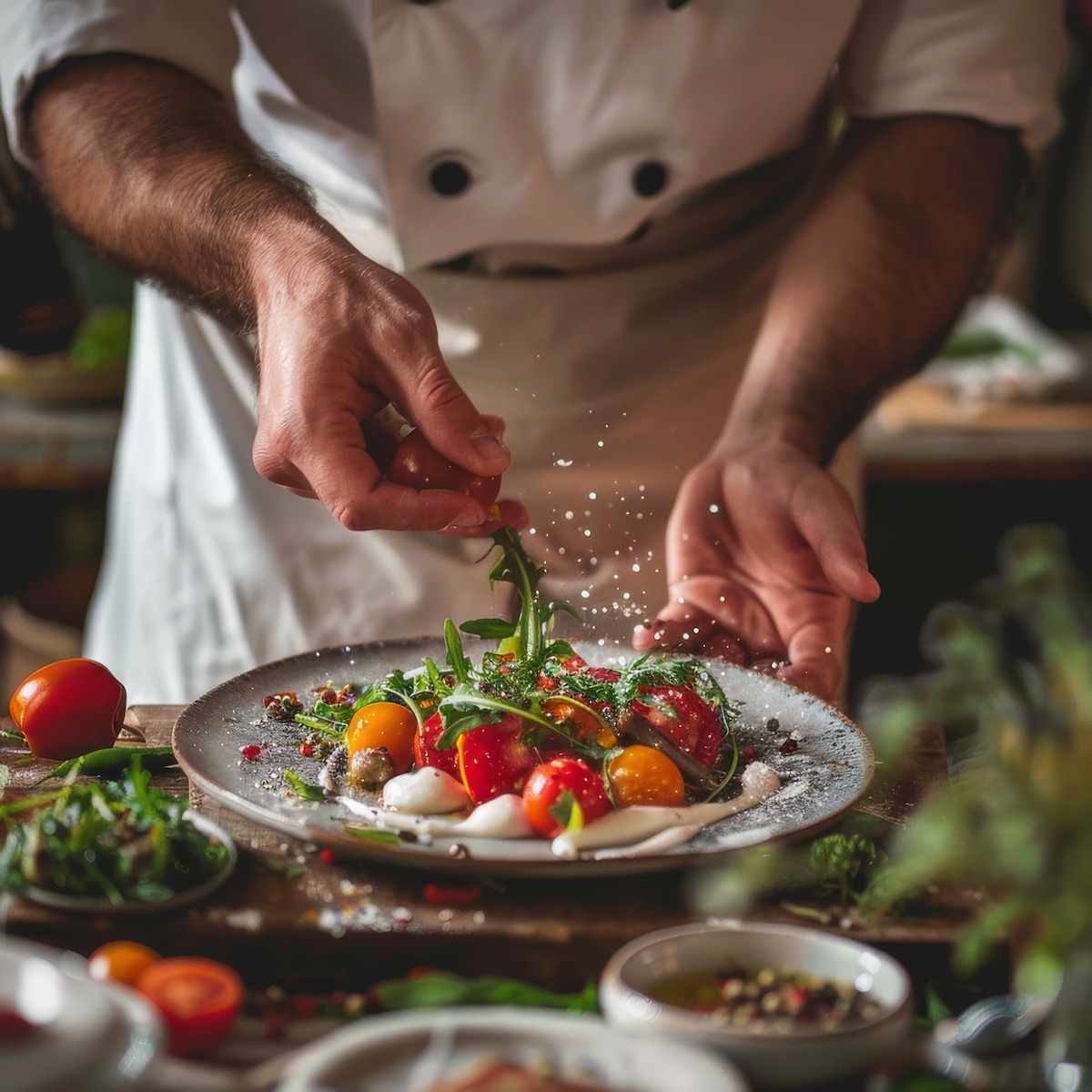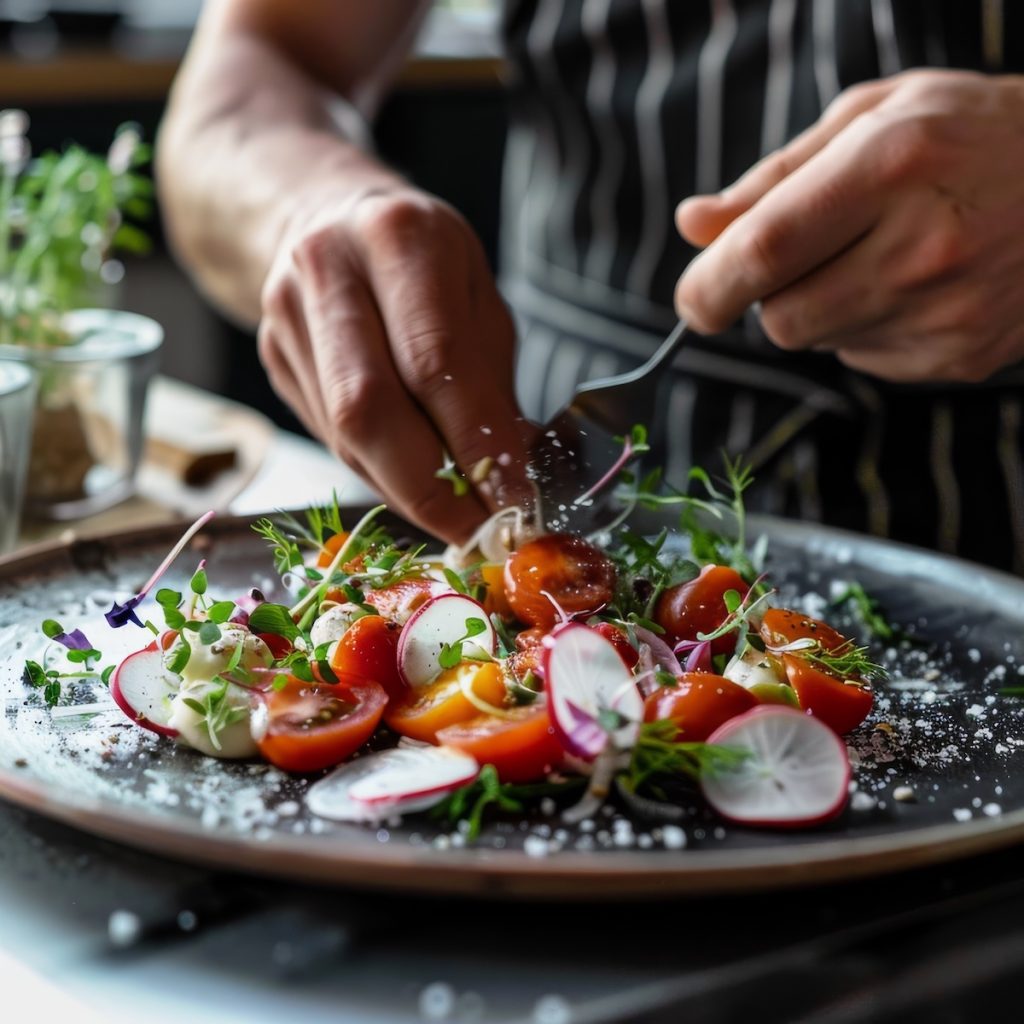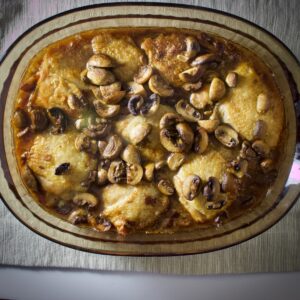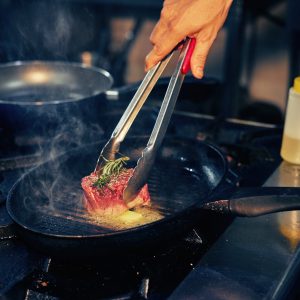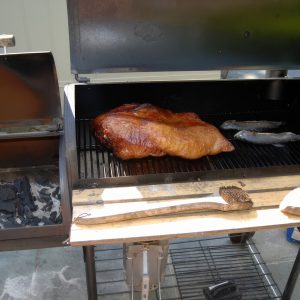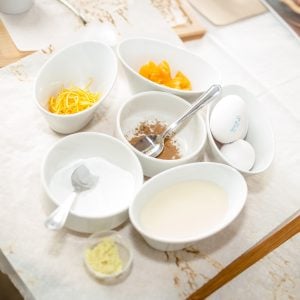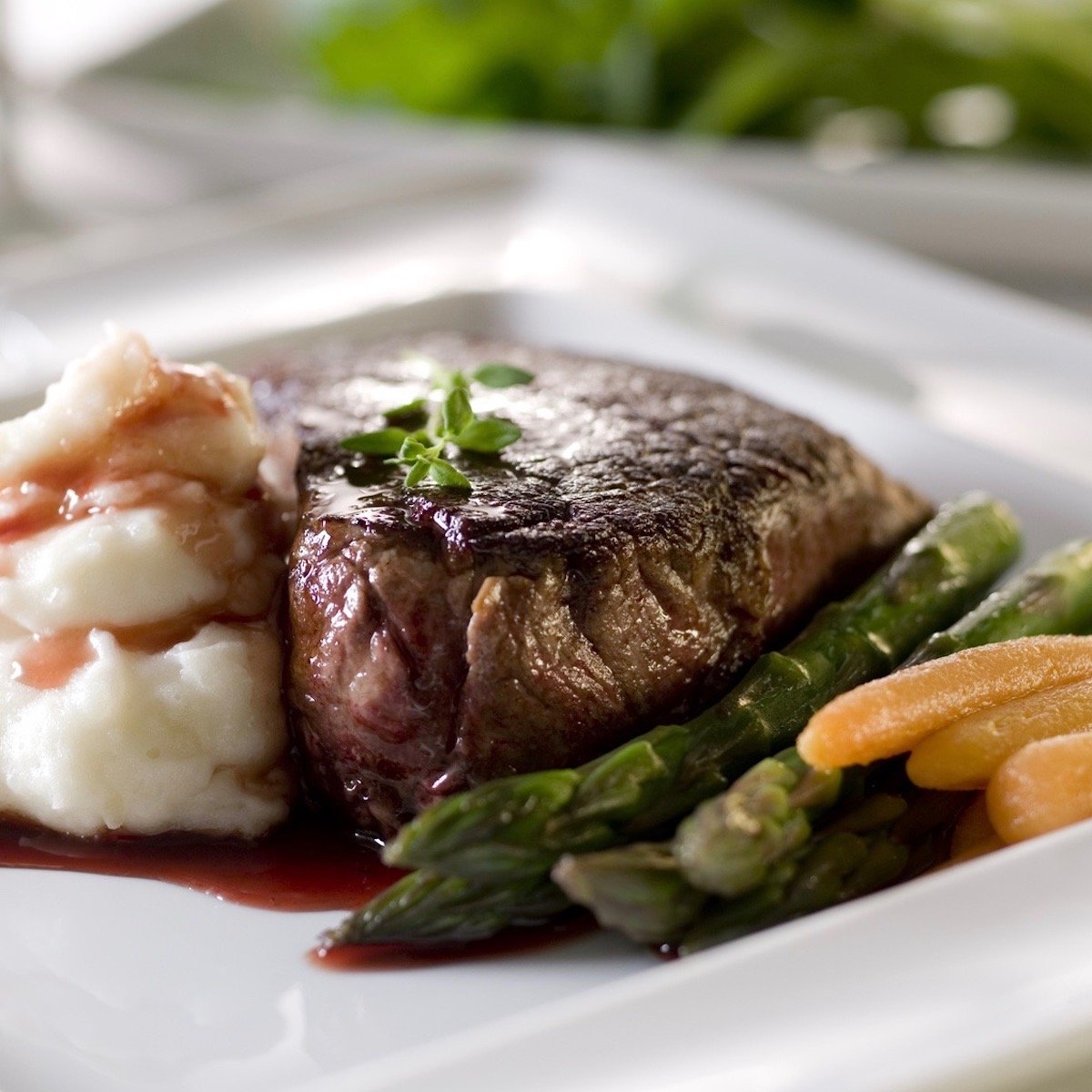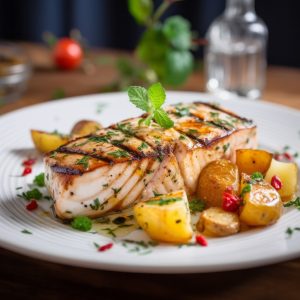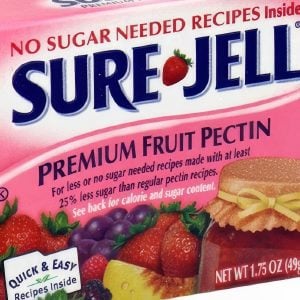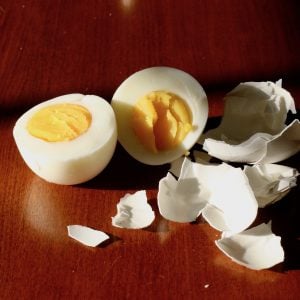Why Food Presentation Is So Important
Food plating and presentation are not just tasks but crucial roles in the culinary art. They significantly enhance the dining experience, setting expectations and influencing perceptions before taking a single bite. A well-plated dish signals care, attention to detail, and creativity, all contributing to a positive dining experience.
Firstly, humans are highly visual, and seeing food stimulates appetite and anticipation. An aesthetically pleasing presentation can make food appear more appetizing, enhancing the overall sensory experience. This is particularly important in fine dining, where presentation can elevate a dish from ordinary to extraordinary.
Secondly, food presentation reflects the chef’s skills and the restaurant’s standards. Intricately plated dishes showcase the chef’s artistry and dedication, creating a memorable impression. This visual appeal can also justify premium pricing, as diners perceive value in taste and the entire experience.
Moreover, thoughtful plating can highlight a dish’s ingredients, textures, and colors, guiding the diner’s palate and enhancing the flavors. For instance, contrasting colors and textures can make a dish more exciting and enjoyable.
In an era where social media plays a significant role, visually stunning dishes are often shared online, serving as free marketing and attracting potential customers. Therefore, food plating and presentation are essential for creating a complete, satisfying, and marketable dining experience.
Why Appearance Matters
If you ask the average diner, the visual aspect of food is much less important than the actual taste and texture. No dish that pleases the eye is ever going to be ordered a second time if it tastes like cardboard, but an unappealing dish might be selected time and time again if it tastes unexpectedly amazing.
But the truth is, you rarely go to culinary school to appeal to the average diner. The entire purpose of food artistry is finding a way to combine bright, flavorful ingredients in a way that makes everyone—gourmand or not—stop and take a look.
This can be done through garnishes, strategically placed sauces, specialty cuts of meat, sculpted vegetables, or even such techniques as keeping the food item whole (a roast suckling pig, for example). In many cases, this is done to give the ingredients a fresh look, with bright colors and clean cuts most often signifying the desirability of the food.
Food artistry also occurs on other levels beyond just the kitchen. Restaurants take special care to create a mood and setting that is in keeping with the food being served, whether it’s through techniques like low lighting or table-side cooking. Food manufacturers do it, too, adding dyes and thickeners to substances to increase their appeal right out of the box (or can, as the case may be).
Learning the Art of Presentation
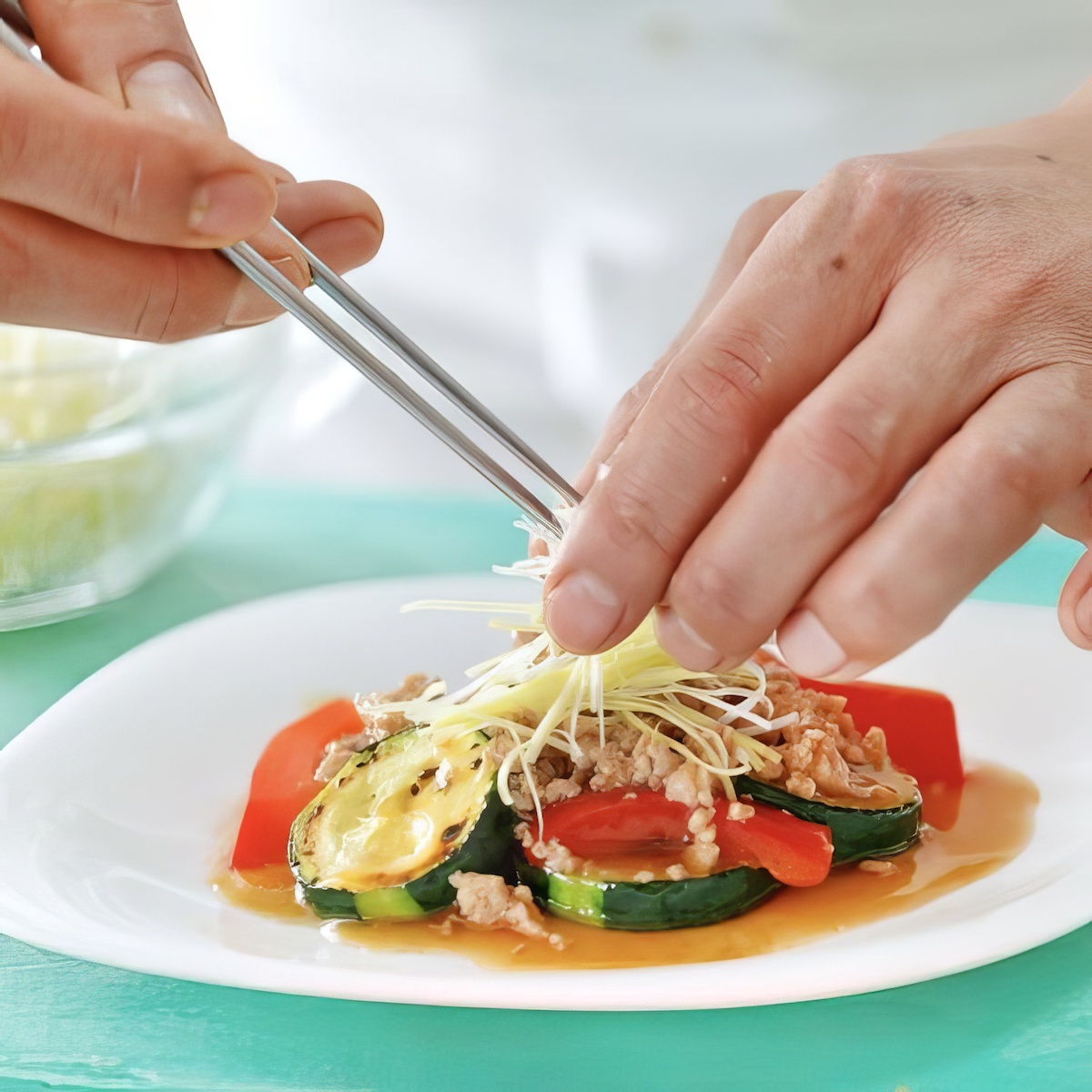
Culinary Schools
- Formal Education: Many culinary schools and institutes offer courses focused on food presentation and plating techniques. Programs at various hospitality and culinary arts schools provide comprehensive training in this area.
Online Courses and Tutorials
- Online Learning Platforms: Websites like Udemy, Coursera, and MasterClass offer courses on food plating and presentation. Renowned chefs often share their expertise through video tutorials, providing step-by-step instructions and tips.
- YouTube: Many professional chefs and culinary enthusiasts share free tutorials on food plating and presentation techniques. Channels dedicated to culinary arts can be a valuable resource for visual and practical learning.
Books and Publications
- Culinary Books: Numerous books are dedicated to the art of food presentation. Titles like “The Art of Plating” by C.B. Owens and “Eleven Madison Park: The Next Chapter” by Daniel Humm and Will Guidara offer insights and inspiration.
- Magazines and Journals: Culinary magazines such as “Bon Appétit,” “Food & Wine,” and “Gastronomica” often feature articles and photo spreads on innovative plating techniques and trends.
Professional Experience
- On-the-Job Training: Working in professional kitchens under experienced chefs is one of the best ways to learn food presentation. Many chefs learn and refine their plating skills through mentorship and hands-on practice in restaurants.
Workshops and Classes
- Workshops and Seminars: Many culinary schools, food festivals, and culinary organizations offer workshops and seminars focused on plating and presentation. These can range from short courses to intensive multi-day events.
Competitions and Exhibitions
- Culinary Competitions: Participating in or attending culinary competitions can provide valuable insights into advanced plating techniques. Events like Bocuse d’Or and local culinary contests often showcase innovative presentations.
Practice and Experimentation
- Home Practice: Experimenting with different plating techniques at home is a practical way to develop skills. Trying out various styles, practicing knife skills, and studying professional examples can improve proficiency.
Social Media and Networking
- Instagram and Pinterest: Following professional chefs and food stylists on platforms like Instagram and Pinterest can provide daily inspiration and ideas for plating and presentation. Engaging with these communities can also lead to valuable tips and feedback.
Apprenticeships and Stages
- Apprenticeships: Some aspiring chefs opt for apprenticeships or “stages” (short-term internships) in high-end restaurants, where they can learn directly from experienced chefs and gain practical, hands-on experience.
By combining formal education, online resources, professional experience, and continuous practice, one can develop and refine the skills necessary for exceptional food plating and presentation.
